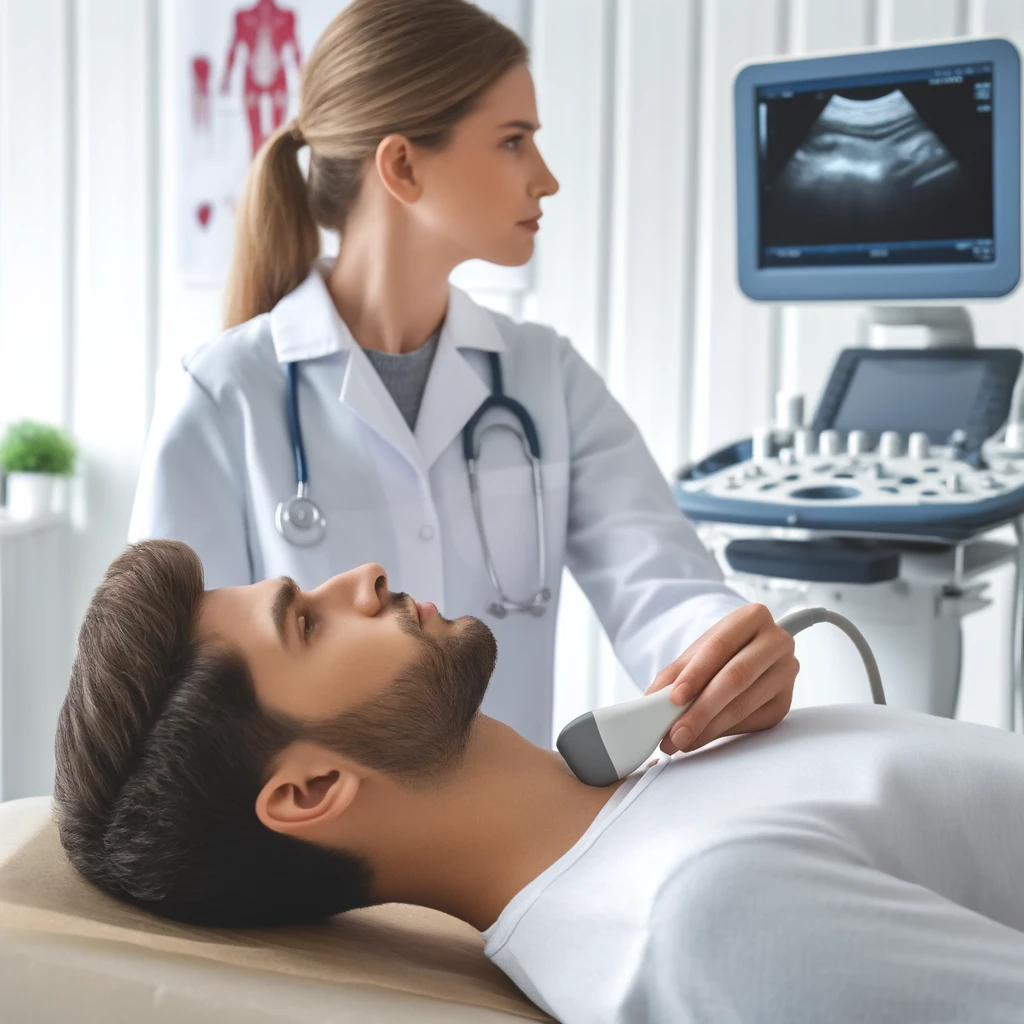813.876.3636
813.876.3636
Welcome to our comprehensive guide on ultrasound-guided fine-needle aspiration biopsy (FNAB) of the thyroid and neck lymph nodes. This minimally invasive procedure is crucial in diagnosing and managing thyroid and neck lymph node conditions. We will explore the procedure, its benefits, and how it aids in providing accurate and timely diagnoses.
Ultrasound-guided fine-needle aspiration biopsy is a highly effective diagnostic procedure for evaluating abnormalities in the thyroid gland and neck lymph nodes. It involves using ultrasound imaging to guide a thin needle into the targeted area to collect tissue or fluid samples. These samples are then examined under a microscope to determine the presence of any abnormal or cancerous cells.
This procedure is typically recommended when a patient presents with specific indications, including:
Ultrasound-guided fine-needle aspiration biopsy is performed in an outpatient setting and usually takes 15 to 30 minutes. Here is an overview of the procedure:
Preparation: Before the procedure begins, you will be positioned comfortably on your back with your neck slightly extended to provide optimal access.
Ultrasound Imaging: The transducer glides smoothly over your neck, emitting high-frequency sound waves that create detailed images of your thyroid gland and neck lymph nodes on a monitor.
Local Anesthesia: A local anesthetic is administered to numb the skin and underlying tissues around the biopsy site, minimizing discomfort during the procedure.
Needle Placement: Using real-time ultrasound guidance, the physician inserts a thin needle into the target area. Multiple passes may be necessary to ensure an adequate sample is collected.
Sample Collection: Once the needle is correctly positioned, a syringe attached to the needle is used to aspirate cells or fluid from the targeted area. The collected samples are then sent to a laboratory for analysis.
Post-Procedure Care: After the biopsy, pressure may be applied to the biopsy site to minimize bleeding. Patients can usually resume their normal activities immediately following the procedure.
While ultrasound-guided fine-needle aspiration biopsy is generally safe, there are a few potential risks and limitations to consider:
Ultrasound-guided fine-needle aspiration biopsy is a valuable diagnostic tool for evaluating thyroid nodules and neck lymph nodes. This minimally invasive procedure offers numerous benefits, including accuracy, rapid results, and cost-effectiveness. By enabling precise targeting and sample collection, it aids in timely and accurate diagnosis, guiding appropriate treatment decisions.
If you have questions about the procedure or any thyroid-related concerns, please contact Bay Area Endocrinology Associates. Our team, led by Dr. Pedro I Troya, is dedicated to providing compassionate care that improves your health and enhances your overall well-being. Contact us today to learn more and schedule an appointment.
Our Endocrinologists, Dr. Carlo A. Fumero, Sean Amirzadeh, DO, Alberto Garcia Mendez, Lauren Sosdorf, and Pedro Troya, are board certified by the American Board of Internal Medicine and have a wealth of experience treating thyroid conditions. They will work with you to create a personalized treatment plan that meets your unique needs.






Tampa Office:
Zephyrhills Office:
Plant City Office: